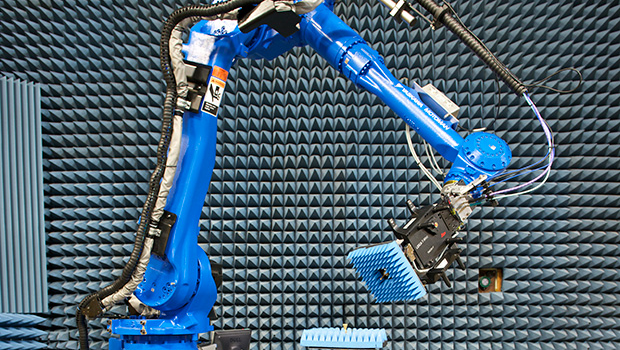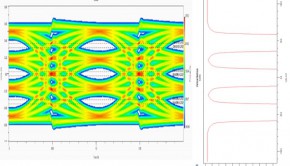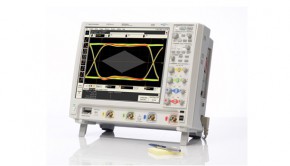NIST Unveils “All-in-One” Robotic Millimeter-Wave Antenna Test Facility
Millimeter-wave communication is coming. Along with it comes mm-wave antennas and greater challenges in testing. Gone are the days when antenna calibration for far-field characterization revolved around football-field-size installations and towers tens of meters tall. By the 1960s, antenna testing for near-field measurements moved indoors; those results could then be extrapolated to real-world far-field values.
Properly testing today’s antennas requires measurements at thousands of positions, each accurate to within one-hundredth of a wavelength. For signals at 183 gigahertz (the emission line for atmospheric water vapor absorption), which have a wavelength of 1,638 micrometers, the probe must be within 33 μm of its ideal position in every dimension on every measurement. (To properly calibrate an antenna at 500 GHz will require positioning accurate to within 15 μm.)
With that in mind, researchers at the Communications Technology Laboratory of the National Institute of Standards and Technology (NIST) in Boulder, Colo., have coupled off-the-shelf components with innovative feedback controls to build a Configurable Robotic Millimeter-Wave Antenna (CROMMA) test facility—a breakthrough for millimeter-wave research and, possibly, the prototype for an “all-in-one” antenna tester. NIST researcher Joshua A. Gordon and his colleagues describe CROMMA in IEEE Transactions on Antennas and Propagation.
Full article by Douglas McCormick, IEEE Spectrum
































































































































































